EUMAM MOZ and FADM celebrate International Day of African Children at orphanage “Esperança”
Mozambique launches distance learning programme for 11th and 12th grades
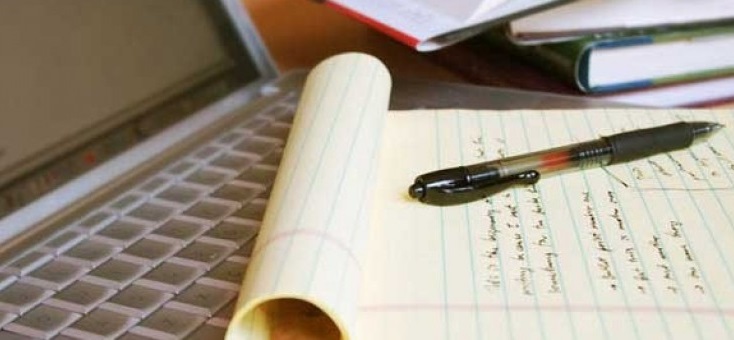
O País
With the launch yesterday in Maputo by the Minister of Education and Human Development, Conceição Sortane, it is now possible to take 11th and 12th classes remotely. In its first phase, the program will be available in seven provinces for all students who have completed 10th grade, either in person or remotely.
“The introduction of the PESD2 Distance Learning Education Program aims to enable young people and adults, who for some reason cannot attend school during the day, to continue their studies in parallel with other activities. We also want that those who completed the Grade 10 via distance learning to be able to continue their studies the same way,” Minister Sortane said.
The launch of the program was witnessed by Maputo city governor Iolanda Cintura and officials from various sections of the Ministry of Education. Speaking at the launch, the director of the National Institute of Distance Education (IEDA) explained that the program respected the principles and foundations of the general secondary school curriculum.
“The only difference is in the means of offering and developing teaching, which obey the methodology of distance education. The classes are held on an online platform by tutors. And the fact that we have more than 11,000 first phase graduates shows that we have managed to obtain good results,” Manuel Simbine said.
The First Cycle Distance Learning Program was launched in 2004 in Nampula, and rolled out countrywide in 2008. Statistics for 2016 indicate that there are about 314 Distance Education Support and Learning Centers in the country, reaching a total of 32,423 students.
How distance learning works
To get started in distance learning, the student undergoes training in using the E-Learning platform.
With these skills, the student will be able to study anywhere, as long as he or she has access to a computer, tablet or cell phone with internet connection. The Teaching and Learning Centers also have computers. The student also receives support from a tutor in person and from a distance.
During the e-learning process, three types of evaluation are done: self-evaluation, end-of-module testing and a final exam. In the first, the student performs exercises to assess his learning. The second test allows the pupil to move on from one module to another and the last one is the national examination prepared by the Ministry of Education for all students in general secondary education.


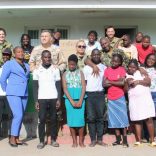


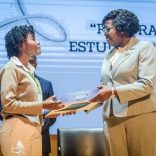
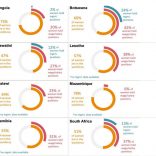

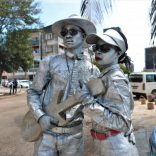
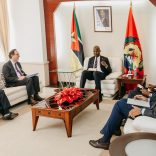
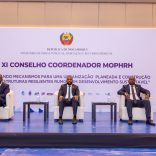


Leave a Reply
Be the First to Comment!
You must be logged in to post a comment.
You must be logged in to post a comment.